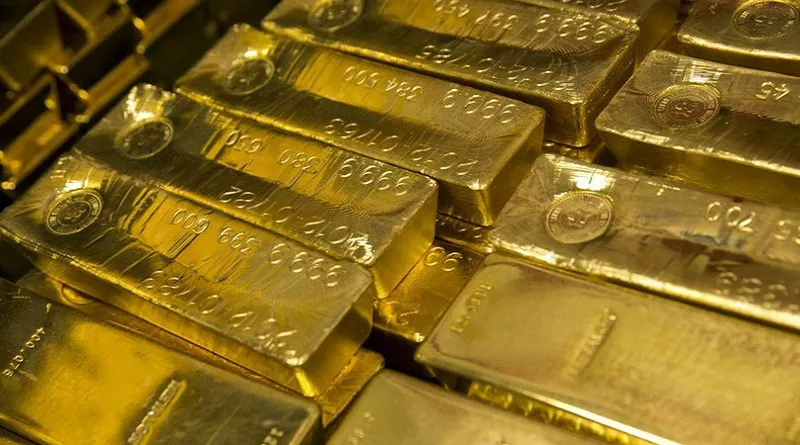Gold prices experienced a notable increase on Friday, fueled by an escalation in the Middle East crisis, leading to heightened demand for safe-haven assets. This surge in demand proved instrumental in bolstering gold values, even in the face of stronger-than-expected U.S. inflation data.
The spike in geopolitical tensions saw U.S. and British forces initiating a series of strikes against the Iran-aligned Houthi group in Yemen. The military action was a response to the group’s attacks on ships in the Red Sea. Additionally, the conflict widened as part of the Israel-Hamas war, contributing to the motivations behind recent Houthi aggression.
As geopolitical risks intensified, investors sought refuge in traditional safe-haven assets, including gold. Despite the release of robust U.S. inflation data, which would typically apply downward pressure on gold prices, the precious metal demonstrated resilience amid the escalating crisis.
Spot gold observed a 0.3% increase, reaching $2,034.78 per ounce, while gold futures expiring in February surged nearly 1% to $2,038.80 per ounce by 00:14 ET (05:14 GMT).
U.S. Inflation Data and Fed Rate Cut Speculations
Despite the strength observed in gold prices on Friday, the week was poised to end with marginal losses. The uncertainty surrounding the trajectory of U.S. interest rates contributed to this cautious market sentiment.
Thursday’s release of the Consumer Price Index (CPI) data indicated that U.S. inflation grew slightly more than anticipated in December. This, coupled with the recent resilience in the labor market, suggested reduced impetus for the Federal Reserve to initiate early interest rate cuts.
Traders, however, maintained their bets on early interest rate cuts, with the CME Fedwatch tool reflecting over a 70% chance of a 25 basis point cut in March, up from the 64% chance before the CPI data.
Despite analysts questioning the perceived trend, asserting that it “simply looks wrong,” several Fed officials reiterated that expectations for early rate cuts were overly optimistic. The timing of any rate cut is expected to hinge on factors such as easing inflation and a cooling labor market.
The Dollar and Gold’s Resilience
Following the CPI reading, the U.S. dollar found little support, contributing to the stability of gold prices. The yellow metal is anticipated to benefit from a lower interest rate environment, as higher rates increase the opportunity cost of investing in bullion.


